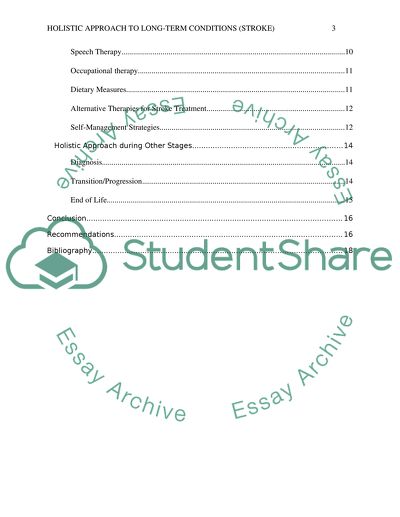Cite this document
(“Holistic approach to long term conditions Essay”, n.d.)
Holistic approach to long term conditions Essay. Retrieved from https://studentshare.org/nursing/1635172-holistic-approach-to-long-term-conditions
Holistic approach to long term conditions Essay. Retrieved from https://studentshare.org/nursing/1635172-holistic-approach-to-long-term-conditions
(Holistic Approach to Long Term Conditions Essay)
Holistic Approach to Long Term Conditions Essay. https://studentshare.org/nursing/1635172-holistic-approach-to-long-term-conditions.
Holistic Approach to Long Term Conditions Essay. https://studentshare.org/nursing/1635172-holistic-approach-to-long-term-conditions.
“Holistic Approach to Long Term Conditions Essay”, n.d. https://studentshare.org/nursing/1635172-holistic-approach-to-long-term-conditions.


